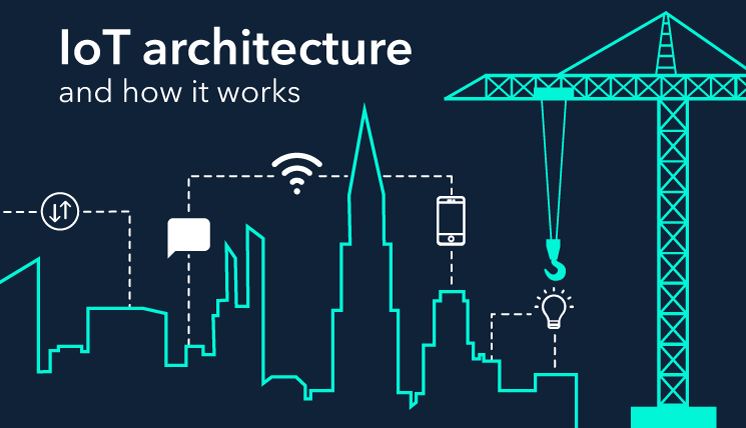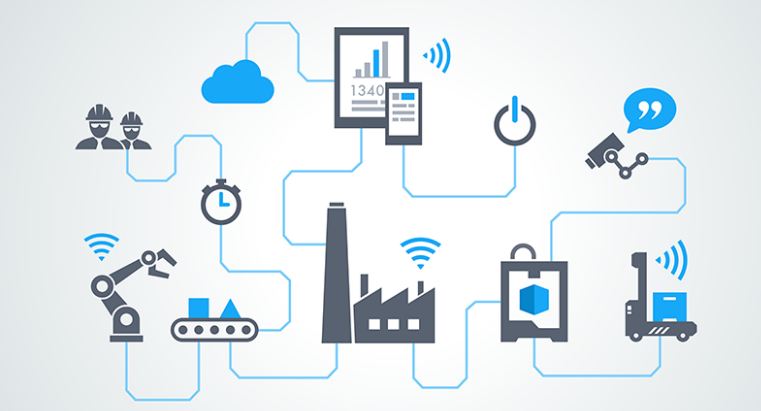INTRODUCTION
Internet of Things (IoT) Architecture — is a archetype in which different objects or devices having sensors, processors and actuators. These are in inter-communication with the other objects or devices for a purpose.
IoT makes the lives of people, especially the differently-abled and the elderly comparatively very easy and enjoyable, by its use.
The Internet is omnipresent today. It has reached and traced almost every corner of the planet. This is impacting human life in unthinkable patterns. However, this adventure is not over yet.
It is going to enter into an era of more invasive connectivity. Great number of varied appliances will be in constant connection to the digital world.
Sensors and Actuators
The IoT devices have in-built, actuators, sensors and processors. Thus, IoT is a conglomeration of a number of technological advancements that work together seamlessly.
Actuators and sensors, help in communicating with the physical world. Sensors store various information of the environment.
Strategic processing is required in order to get helpful conclusions from it.
A sensor is a device that provides inputs about its present state (internal state + environment). While, an actuator is a device that brings about a change in the external environment such as controlling the temperature like an A.C.

Storage and pre-processing or processing of data can be done on the edge-of-the-network or even in a distant remote server. Lack of resources being available, sometimes inhibits the storage and processing capabilities of the devices. These are, in turn, constricted due to various limitations like computational capability or even size, power and energy capabilities.
Different IoT objects interact without wires i.e. wireless. The wireless medium though often have very high rate of distortions and are thus, not highly reliable. Thus, communication systems reliably exchanging data without too many re-transmissions form a very integral part of these IoT ecosytem.
The phenomenon of making a change in the practical world depends on its state at that particular juncture of time. It is called context or scenario awareness. The context needs to be taken in consideration before any action is taken. It is so, because different application behave differently in different scenarios.
Internet of Things Architectures
The Internet of Things architecture is propose differently by different people due to the lack of a certain consensus between the proposers of the architecture of the IoT.
A) Three-Layered Architectures
The first and foremast architecture is a three-layer architecture. The early proponents proposed this as the first architecture . Thus, the three layers are namely, the perception layer, the network layer, and the application.
(i) The perception layer or the first layer :
- It is the concrete physical layer.
- It has sensors for sensing and collecting data about the external environment.
- This needs to get physical parameters or identify other such smart devices out there in the external environment.
(ii) The network layer or the second layer :
- It is responsible for connecting different smart devices, and servers.
- It transmits the sensor data and processes the sensor data.
(iii) The application layer or the last layer :
- It delivers specific applications services to the various users of the IoT or smart devices.
- It defines the various applications of IoT, i.e. where these devices can be put to use.

B) Five-Layered Architectures
The five-layered architecture of Internet of Things, in addition to the layers in the 3-layered architecture also, includes the processing layer and the business layer.
The five layers are thus, perception layer, network/transport layer, processing layer, application layer, and business layers (see the above figure).
Also, the perception and the application layers perform the same function as in the three-layered architecture of IoT.
Now discussing the other three-layers in the five-layered architecture of the Internet of Things.
(i) The transport layer or the network layer:
- It is there to exchange the information in the sensors from the perception layer to the processing layer and vice-versa using wireless, LAN, Bluetooth or any other such channels.
(ii) The processing layer :
- This is also known as the middle-ware layer.
- It is generally present to store, determine and process large amount of data that is coming from the network layer.
- This layer thus, uses databases, cloud computing techniques and even Big Data Processing techniques.
(iii) The business layer or the management layer :
- This is the most important layer in the five-layered architecture.
- This layer is supposed to manage the whole IoT environment.
- Thus, it includes the managing of various business and profit models, users’ privacy modules and all other such things.

CONCLUSION
Internet of Things has a very high capability to highly increase the availability of data. This is in all likelihood going to play a tremendous role in transforming various organizations and industries. IoT needs to factor various strategic objectives, regardless of any particular industry type.
Important emphasis needs to be put on consistency, flexibility and integration with the enterprise systems to give a long-term integrated IoT solutions.
